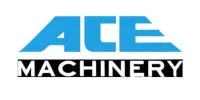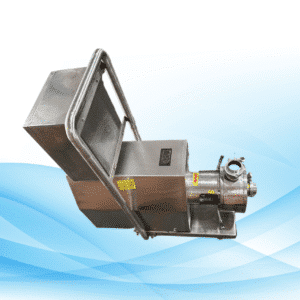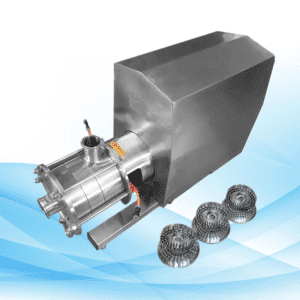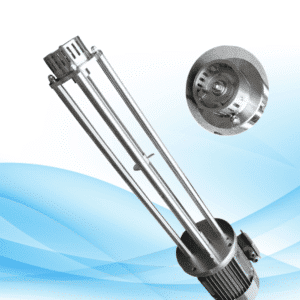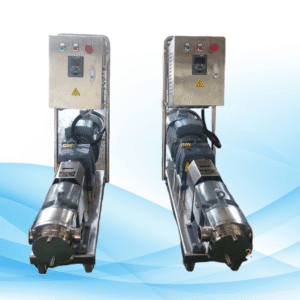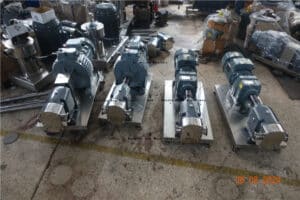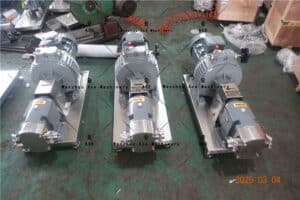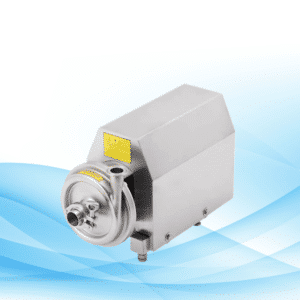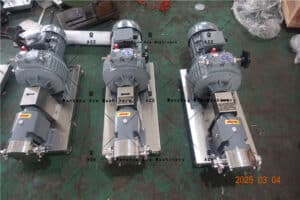An electric transfer pump refers to a motor-powered device that is meant for the transportation of fluids such as water, chemicals, and fuel. Unlike manual pumps, electric transfer pumps automatically do their job while providing considerable output with effort-free operations. These pumps are to be found in agricultural sites, construction sites, the automotive industry as well as household systems.
Key Features of Electric Transfer Pumps

In order to make an appropriate choice of electric transfer pumps, there are the following things to keep in mind.
Flow Rate
Also referred to as gallons per minute (GPM) and liters per minute (LPM), this is indicative of the volume of liquid the pump can transfer in a specified time period. Large-scale applications require high flow rates, while fine operations require lower flow rates.
Material Compatibility
Not all pumps can be used for all liquids. Some centrifugal pumps can be used for fuels, others can be used for chemicals or potable water. Using the right material ensures safety and durability.
Portability
Users who require the movement of the pump would prefer a lightweight design that comes with handles.
Power Source
The majority of electric transfer pumps use battery-operated devices, whereas the AC units are a lot less portable.
Durability
A pump made of good quality plastic or stainless steel, among other materials resistant to corrosion, will last a long time.
Applications of Electric Transfer Pumps
Electric transfer pumps can be used for an extensive range of activities such as:
1. Fuel Transfer
This is commonly found in the automotive and marine industries. Best suited for the transportation of oil, fuel, diesel, or gasoline from one tank to another.
2. Water Removal
Useful in emptying a flooded site, swimming pools, or water tanks. Ideal for homeowners where flooding happens on occasions.
3. Chemical Handling
Used for a controlled way of transferring acids, chemicals, solvents, and the like. Most common in chemical laboratories or industrial setups.
4. Irrigation and Agriculture
Used in farming for moving water or even fertilizers around. Especially the portable types are helpful in remote farming areas.
Pros of Use of Electric Transfer Pumps
Investing in an electric transfer pump has multiple advantages:
- Time saving: Automation of the process of fluid transferring saves on labor costs.
- Health and Environment: Minimization of spillage as well as intake of toxic materials.
- Attendance: Can be used to transfer various types of liquids.
- Reliability: Maintains a certain rate of flow that can be relied on.
- Affordability: Reduced cost implications compared to manual work or less effective methods.
How to Choose an Electric Transfer Pump: The Key Considerations
Every pump is designed differently, and its selection depends on the application requirements. The following factors should be considered:
1. Kind of Fluid
Water pumps should not be used for pumping chemicals or fuels. Make sure the moveable liquid corresponds with the pump.
2. Flow Rate Requirements
High GPM is ideal for plumbing works like flooding areas, while low GPM is good for accurate chemical movements.
3. Power Supply Unit
Main-powered models are less portable. Pumps that are powered with batteries are best when the source of power is unavailable.
4. Durability and Maintenance
Consider models with replaceable parts and long warranties. Corrosion prevention is key for prolonged use.
5. Budget
Prices vary based on specifications and features. Consider cost vs. performance to get the best solution.
Pointers for Maintenance for Electric Transfer Pumps
- Rinse after use, especially with strong cleaning liquids or thick liquids.
- Inspect for wear and tear; replace seals and hoses to prevent leakages.
- Lubricate moving parts to avoid mechanical complications.
- Store in a dry, moderate-temperature location to avoid damage.
Most Frequently Asked Questions
1. What fluids can an electric transfer pump transfer?
Pumps depend on electric motors to transfer a variety of fluids, including petrol, oil, water, and chemicals. Check manufacturer specifics for details.
2. Can an electric transfer pump be used for drinking purposes safe water?
Yes, certain electronic pumps are certified food-grade and safe for drinking water.
3. Are electric transfer pumps suitable for thick materials?
Yes, but standard models may not qualify for pumping thicker liquids such as heavy oils or syrup. Some models are ideal for higher viscosity fluids.
4. What should I begin with when my pump does not start?
Check the power source, ensure the pump is properly plugged in, and check that inlet or outlet hoses are not blocked.
5. Electric transfer pumps cost what range of price?
Prices range between $50 and $500, depending on features and capacity.
Conclusion
Electric transfer pumps significantly enhance the fluid transfer process for various situations. By considering factors like material compatibility, flow rate, and durability, you can make informed decisions. Proper maintenance ensures the pump’s longevity, making it a reliable and cost-effective solution for fluid handling.
